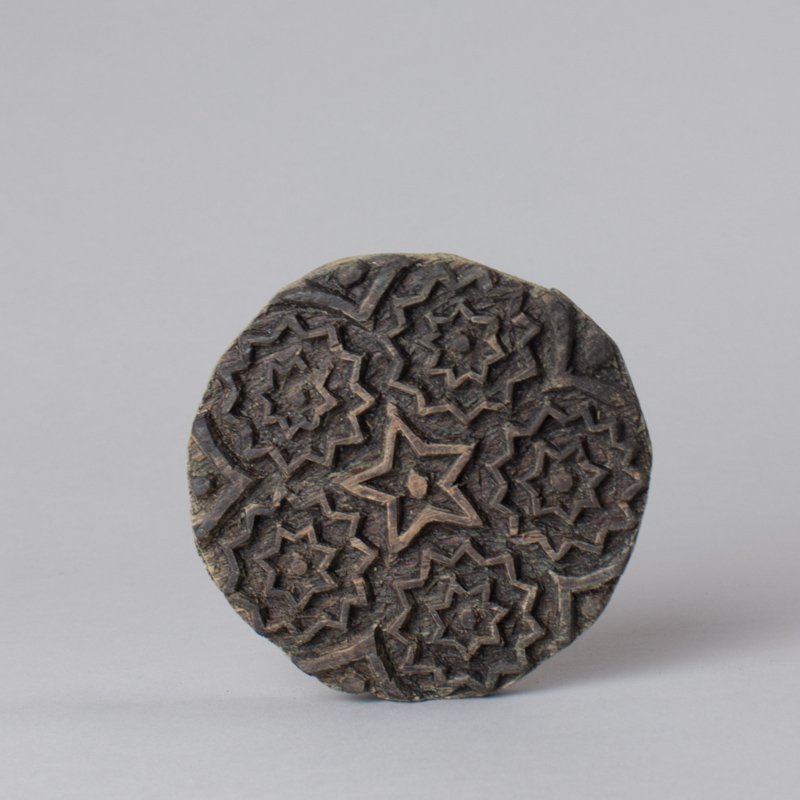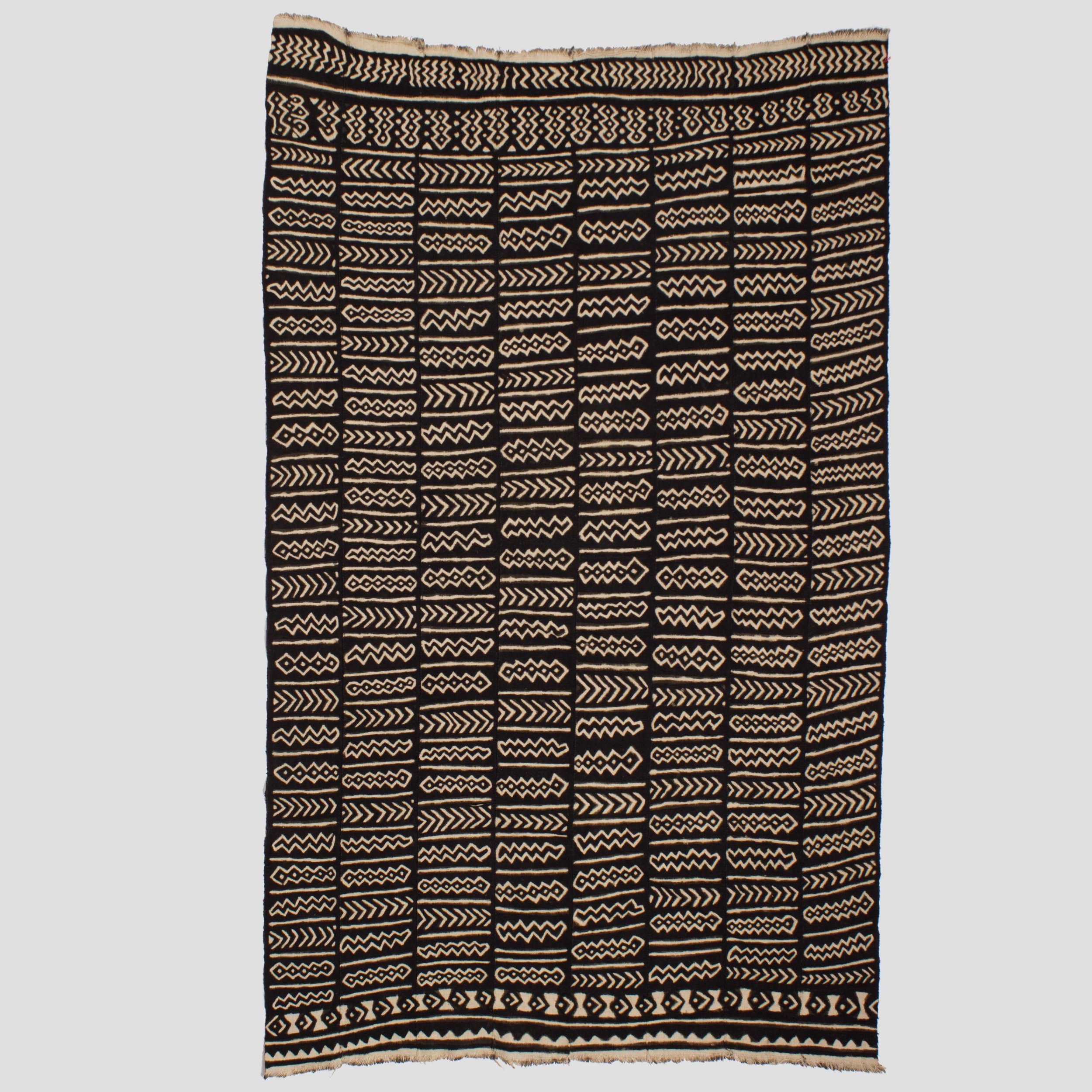archiv
Wachsbatik / Wax batik
Techniken der Batikherstellung / BATIK PRODUCTION TECHNIQUES
Mit geschnitzten Holzstempeln und flüssigem Wachs wird der Stoff bedruckt. Das Wachs umschließt die Fasern und verhindert ein Einfarben der bedruckten Stellen. Später wird das Wachs ausgekocht und der Stoff kann weiter bearbeitet werden. Bei dieser Technik ist es von entscheidender Bedeutung, dass das Wachs die richtige Konsistenz hat. Ist das Wachs zu flüssig, können die gedruckten Ränder unscharf werden oder es kommt zu ungewollten Klecksen. Ist das Wachs zu fest, kann kein sauberer Druck entstehen. weiterlesen
The fabric is printed using carved wooden stamps and liquid wax. The wax encloses the fibres preventing the printed area from colouring. The wax is then later boiled out and the fabric can be further processed. With this technique, it is crucial that the wax has the correct consistency. If the wax is too runny, the printed edges may become blurred or it may result in unwanted blobs. If the wax is too firm, then no even pressure can be applied. read more
Geschichte der Batik / THE HISTORY OF BATIK
Bereits in den 50er und 60er Jahren war Kindia das Batikzentrum Guineas. Kindia ist eine der größten Städte Guineas. Die Mehrzahl der Bewohner sind vom Stamm der Soso. Bei den Soso waren die Herstellung und der Handel mit Stoffen von jeher reine “Frauensache”. So war es eine lange Tradition, dass die Frauen ihr Wissen und ihre Kenntnisse an die Töchter weitergaben. Die Stoffe wurden mit Stempeln bedruckt, gefärbt und auf den Märkten verkauft. Sobald die Mädchen alt genug waren, nahmen die Mütter sie mit und brachten ihnen alles über das „Stoffgeschäft“ bei. weiterlesen
Kindia was, even as early as the 1950s and 1960s, the batik centre of Guinea. Kindia is one of the largest cities in Guinea. The majority of the residents are from the Soso tribe. For the Soso people, the manufacture and trade in fabrics was always seen as “woman's work”. There was a long tradition of women passing on their knowledge and skills to their daughters. The fabrics were printed with stamps, dyed and then sold on the markets. As soon as the girls were old enough, their mothers took them with them and taught them everything about the "fabric business". read more
Wachsbatik-muster / WAX BATIK PATTERNS
Handgestempelte Batiktücher: Traditionelle Batikmuster aus der Elfenbeinküste und Guinea.
Hand Stamped Batik Fabric: Traditional batik patterns from the Ivory Coast and Guinea.
Fotoarchiv / PHOTO ARCHIVE
Wachsbatik mit Holzstempeln: Batikkünstler Braima Diakité schnitzt Batikstempel und färbt Tücher.
Wax batik with wooden stamps: Batik artist Braima Diakité carves batik stamps and dyes fabric.
Textilien aus Westafrika / Textiles from West Africa
In unserem Shop finden Sie eine große Auswahl an Textilien aus Westafrika: Wachsbatik-Stoffe und Holzstempel aus Côte d’Ivoire, Handgewebte Kente-Tücher aus Ghana und Togo, Flafani-Tücher und Mud Cloths aus Côte d’Ivoire und Mali, Asafo-Fahnen aus Ghana.
In our shop, you will find a wide selection of textiles from West Africa: wax batik fabrics and wooden stamps from Côte d'Ivoire, handwoven Kente cloth from Ghana and Togo, flafani cloth and mud cloth from Côte d'Ivoire and Mali, and asafo flags from Ghana.








